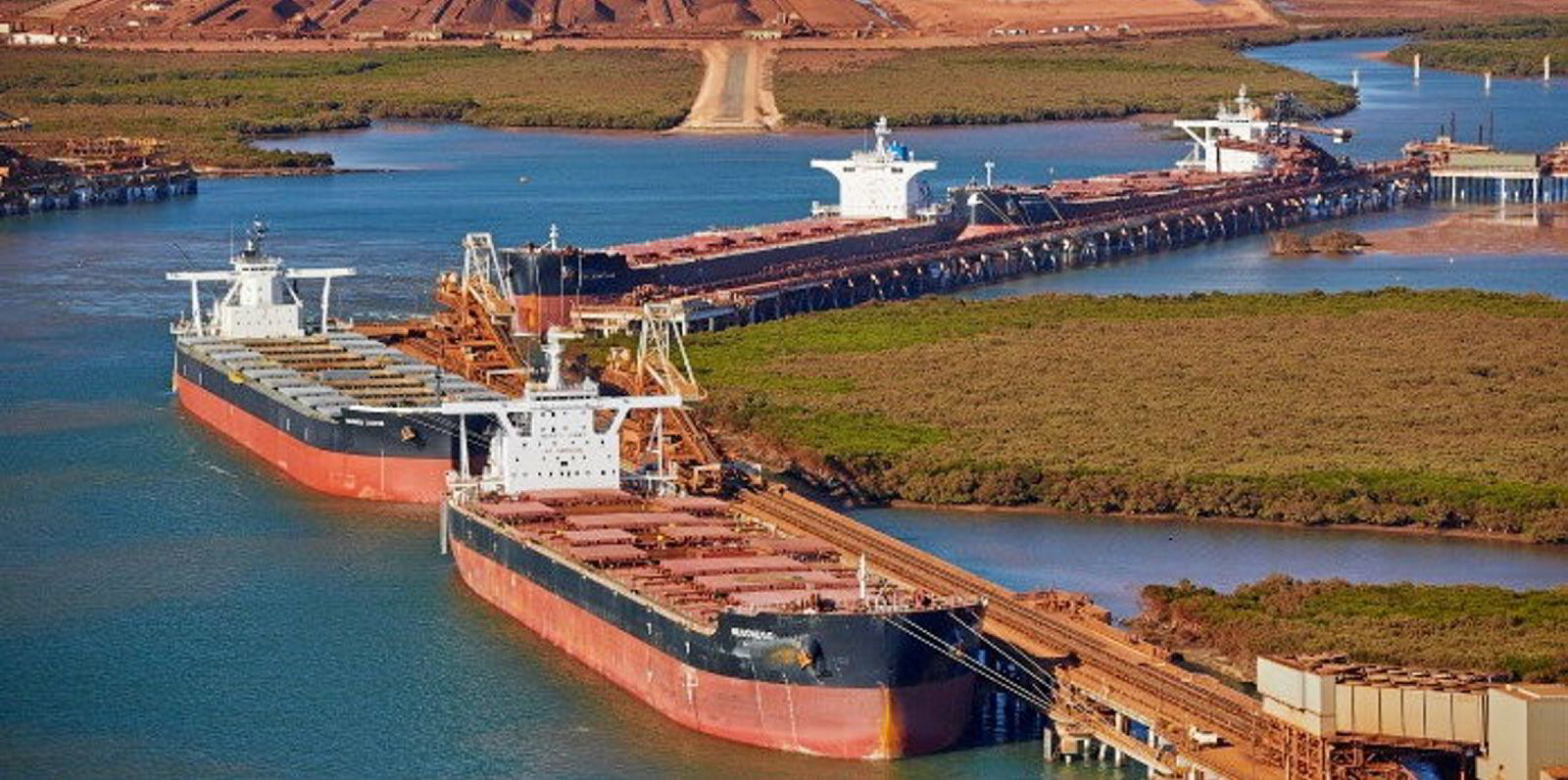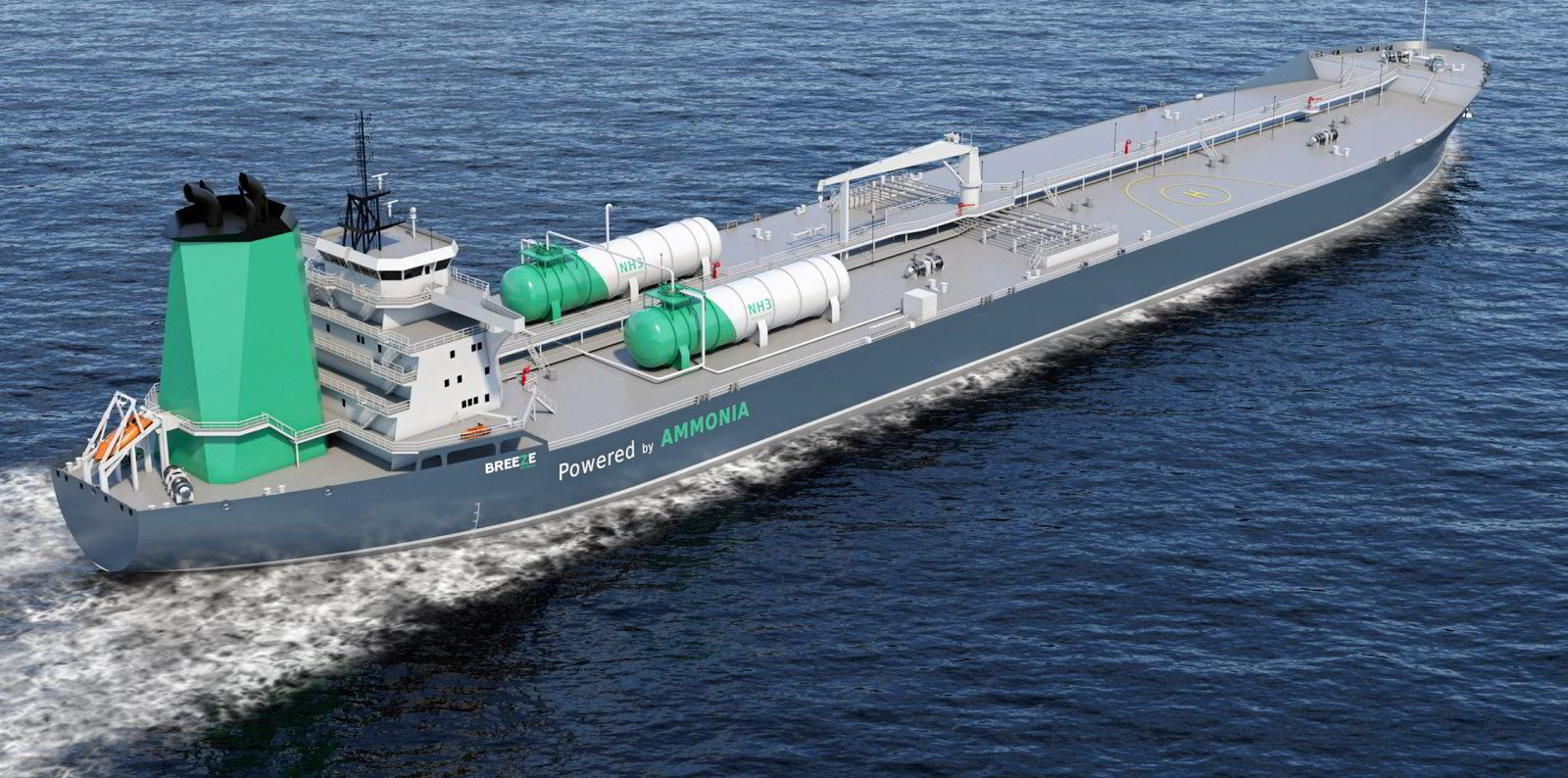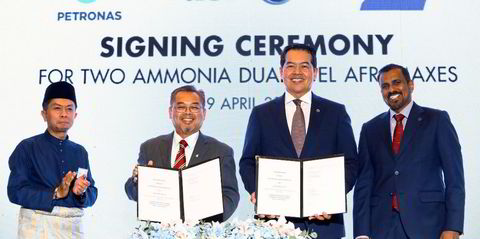A cross-industry project aims to cut shipping emissions by developing a platform that helps vessels reach berths promptly, rather than sailing at speed, only to wait at anchorage outside ports.
But it is something more than simply coordinating just-in-time arrival of vessels.
The Blue Visby Solution is also underpinned by a new contractual framework to tackle the “split incentives” among stakeholders in a voyage, which means vessels can remain commercially competitive.
The platform claims the solution can reduce voyage emissions by 15% on average. If it were applied globally, Blue Visby could reduce the carbon footprint of the shipping fleet by more than 60m tonnes per year — more than the total annual emissions of Norway.
What could give the solution real-world viability is that its legal underpinning is based on a concept that is widely understood in shipping: general average.
The current practice of “Sail fast, then wait” comes with an inherent economic split incentive — owners could sail more slowly to save costs and emissions, but do not do so because their vessel would suffer commercial disadvantages such as losing its place in the queue at the discharge port.
Taking inspiration from general average, the platform’s sharing mechanism enables shipowners, charterers and cargo interests to share fuel savings, the costs of a lengthier journey and the financial value of emissions reductions.
This is enshrined in a new contractual architecture that is compatible with the standard terms of maritime contracts and does not require new legislation or regulations, according to the platform.
Haris Zografakis, partner at law firm Stephenson Harwood, has been facilitating the project. He told TradeWinds the platform provides “a genuinely maritime solution to a uniquely maritime problem”.
“Over several years, the Blue Visby Solution has gone through rigorous analysis and R&D [research and development], which demonstrate a very substantial environmental benefit,” he said.
“However, what stands out for me are two things: first, using freedom of contract under English maritime law, which is the connecting tissue of international maritime trade, to create a contractual architecture that underpins this system, without the need for regulatory or statutory intervention.”
The Blue Visby Consortium comprises 13 firms from across the shipping industry:
- Mining company Anglo-American
- The Carbon Trust
- Classification society ClassNK
- Shipowner CMB
- Maritime research consultancy Drewry
- Non-profit environmental advocacy group Ocean Conservancy
- Insurance giant Lloyd’s
- Tech firm NAPA
- Law firm Stephenson Harwood
- The UK Hydrographic Office
- The University of Manchester;
- The Tankers International pool
- Environmental finance firm Vertis.
A website about the project has just launched at bluevisby.com
“And secondly, deploying collaborative structures that emerged ages ago to deal with maritime emergencies, and adapt them for a new use. Those structures are general average and mutuality — the shipping world’s own DNA — and the new use is decarbonisation.”
Stephenson Harwood and Helsinki maritime tech firm Napa are coordinating the consortium of companies participating in the project.
How it works
A real-time pilot for the solution launched this week and will model iron-ore voyages from Australia to China. A selection of bulkers undertaking voyages on the route will have “digital twins” that contribute real-world emissions data to the Blue Visby model.
The platform’s algorithm takes into account parameters such as the performance and characteristics of each vessel, as well as port congestion and weather conditions. This provides an optimised target arrival time for each ship, yet keeps vessels’ order of arrival the same as if they had sailed independently.
Vessels can therefore slow down, cutting fuel consumption and emissions, but can still “keep their place in the queue” and arrive one after the other, which reduces unnecessary waiting times outside ports.
Mikko Kuosa, chief executive of Napa, told TradeWinds: “The split incentives problem in the shipping industry has been creating major operational inefficiencies from an emissions point of view for decades. Solving this has proven to be a tough nut to crack.”
Napa thinks the Blue Visby solution is “a true win-win solution for the industry” because it will neutralise these split incentives, as well as saving fuel and emissions with optimised voyages, with low upfront costs.
According to its working estimates, if speed is reduced by just one knot on 87% of voyages, this will lead to shorter idle times and an average emissions savings potential of 16%.
These figures are based on analysis of data from 150,000 voyages by 13,000 cargo ships in 150 of the world’s most visited ports during 2019.
Blue Visby has backing from leading climate change researchers including Professor Alice Larkin.
Larkin’s work with the University of Manchester’s Tyndall Centre for Climate Change Research in the UK has studied shipping’s committed emissions — in other words, what will be emitted in the future by the fleet that exists today.
“Our research at the Tyndall Centre highlights that immediate and rapid uptake of short-term solutions [is] critical to reduce the committed carbon emissions from existing ships,” she told TradeWinds.
“In this regard, the Blue Visby Solution looks set to be a key component in the shipping sector’s short-term mitigation toolbox and is well positioned to provide an important contribution to bring the sector’s decarbonisation trajectory more in line with Paris Climate Agreement goals.”
Ocean Conservancy, a non-profit environmental advocacy group, sees great potential in Blue Visby in decisive action that will help reduce shipping's greenhouse gas emissions this decade.
“One of the key steps we can take today is the reduction of ship speeds, and Blue Visby promises to be an effective way of realising these savings while improving operational efficiency,” Dan Hubbell, shipping emissions campaign manager at Ocean Conservancy, told TradeWinds.
“Slower ships also reduce underwater noise, making the Blue Visby approach a solution to challenges facing our oceans as well as our climate.”
Shipowners, too, are supporting the project. The Tankers International VLCC pool told TradeWinds it is happy to be helping develop “a data-first approach to help improve practices”.
“Decarbonisation is the biggest challenge that our sector has collectively faced in generations,” said Matthew Smith, senior vice-president of commercial and operations for the pool’s agent, Tankers (UK) Agencies.
“Shipowners, operators, cargo owners and charterers need support to make lower-emissions practices a reality as quickly as possible.”





